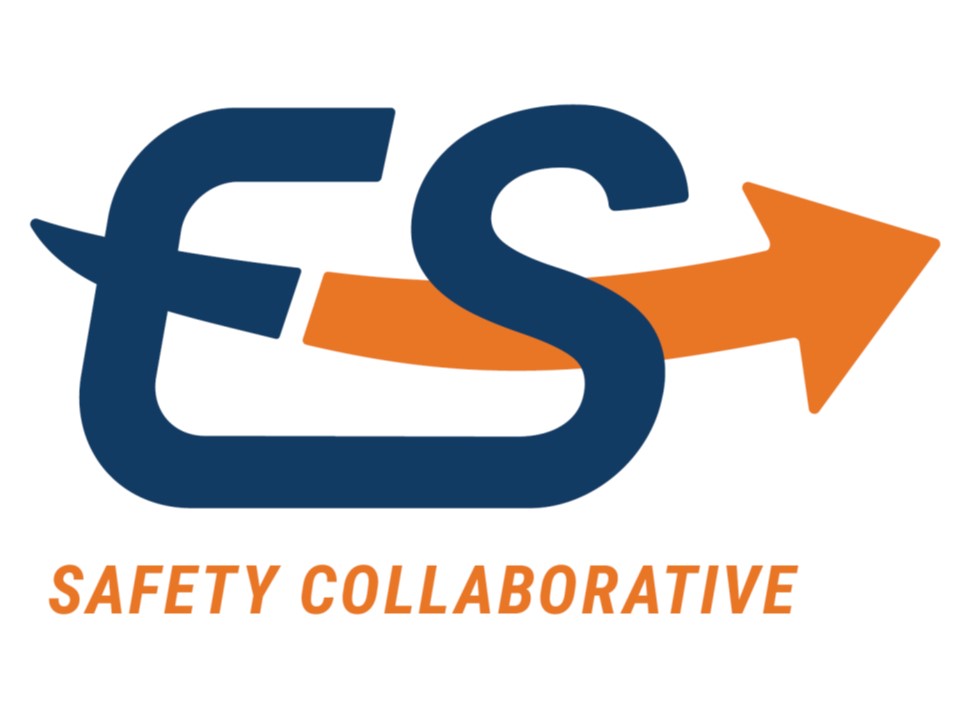The goal of the Codes and Standards (C/S) task in support of the Energy Storage Safety Roadmap and Energy Storage Safety Collaborative is to apply research and development to support efforts that are focused on ensuring that codes and standards are available to enable the safe implementation of energy storage systems in a comprehensive, non-discriminatory and science-based manner. Activities associated with the C/S efforts include:
- Review and assess codes and standards which affect the design, installation, and operation of ESS systems.
- Identify gaps in knowledge that require research and analysis that can serve as a basis for criteria in those codes and standards.
- Identify areas in codes and standards that are potentially in need of revision or enhancement and can benefit from activities conducted under research and development.
As an introduction, codes and standards, typically developed in the voluntary sector in the U.S., help establish a basis for technical communication and when adopted as laws, regulations, rules, specifications or through other vehicles are required to be applied. Codes and standards provide a means of determining ESS performance under specific circumstances and establish requirements that when satisfied will ensure the desired level of performance and realization of expectations. With respect to safety, the expectations focus on ensuring that no injury or loss of life is attributable to an ESS, and that any incident associated with an ESS has little or no impact on the built environment. The expectations are also focused on ensuring that any external factors not associated with an ESS do not adversely affect an ESS and, as a result, cause future problems. Technology development and deployment typically occur in advance of the development of necessary requirements in codes and standards to protect the safety of the pubic: that is, codes and standards typically lag technology development and need to be newly developed or updated to address new technology.
Based on gaps between current codes and standards requirements and ESS technology itself and its application in the built environment, the codes and standards effort associated with the Energy Storage Safety Collaborative (ESSC) is to make stakeholders aware of codes and standards opportunities and facilitate their involvement and collaboration in revising existing and developing new codes and standards so that they effectively guide energy storage system safety and are not barriers to timely system deployment. Through involvement with relevant codes and standards development organizations (SDOs) the ESSC can be kept appraised of these activities, and where appropriate interaction with ongoing private sector codes and standards development activities already working on ESS safety can be fostered.
The full range of activities associated with codes and standards includes their development (new and updating of existing), generally within the U.S voluntary sector or internationally through organizations such as the International Electrotechnical Commission (IEC); their adoption and subsequent to their adoption activities to document and verify compliance with the codes and standards as adopted. More details on how codes and standards are developed and adopted and compliance with them is documented and verified are available in the following document and at the links to the three topics below (Current Development Status, Adoption, Conformity Assessment).
The purpose of the Codes 101 document is to acquaint stakeholders and interested parties involved in the development and deployment of energy storage systems with the subject of codes and standards that can impact their activities and how those documents are developed, adopted and applied to address ESS safety. After review of this document, stakeholders and interested parties should have a more in depth and uniform understanding of the codes and standards development, adoption, and conformity assessment process. This understanding can foster improved communications among all ESS stakeholders and enable collaboration in order to realize more timely and appropriate acceptance and approval of safe ESS technology through the ESSC.
